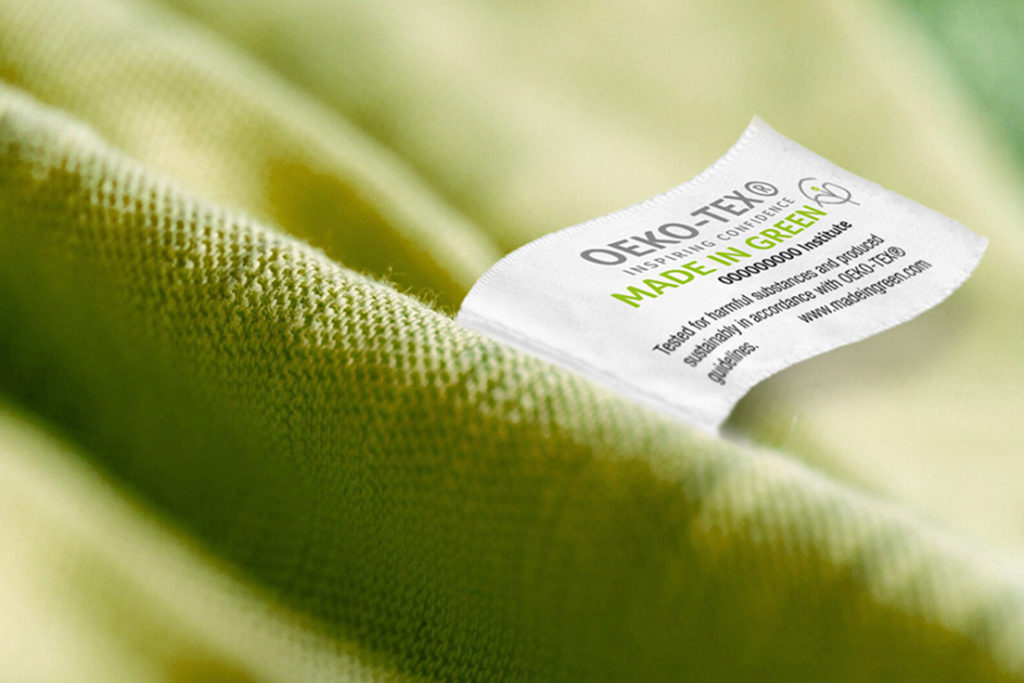Policy makers, advocates, and media are in Glasgow for COP26 – the 26th “Conference of the Parties,” a gathering of all the countries signed on to the U.N. Framework Convention on Climate Change and the Paris Climate Agreement. Their work is putting a spotlight on sustainability.
According to recent reports, consumers, while not involved in international policy discussions, are voting for sustainability with their wallets. Brands have an opportunity to respond and a responsibility to get it right.
The latest edition of the EY Future Consumer Index reports that 43% of global consumers want to buy more from brands that benefit society, even if their products or services cost more. And 64% of consumers say they are prepared to behave differently if it benefits society. They also expect brands to do their part; 80% of global consumers say they expect brands to be transparent about their environmental impact, according to the study.
But how can brands reach these consumers and deliver authentic claims of sustainability, instead of empty lip service that capitalizes on a trend? The answer lies in both the words and the actual work behind a brand’s messages. First change the actions, then use words to convey the changes. Small steps can get organizations started:
Get Certified.
Claims like “eco-friendly,” “green,” and “sustainable” lose meaning when they’re offered without context or backup. Without specifics, these claims amount to greenwashing. Generally, the hallmarks of greenwashing include vague or unsubstantiated claims that give the organization a false image of caring for the environment. To avoid greenwashing, companies can investigate independent, third-party certifications to vet their claims and ensure accordance with legal, industry and health/scientific standards, regulations, and information. Without third-party vetting – such as USDA Certified Organic, Forest Stewardship Council, MADE IN GREEN by OEKO-TEX®, and Carbon Trust Standard — claims that a product is “eco-friendly,” “clean,” or “sustainable” may be without credence.

Speak to Your Specific Audience.
The United States is trailing behind its European counterparts on sustainability regulations. That also means U.S. consumers’ understanding of sustainability may be different than others in countries with more progressive policies. Brands that want to be accountable can increase the integrity of their practices and communication by being specific about the terms they are using and make them local. Tracing the supply chain and ensuring transparency in where and how things are made is the next frontier for U.S. consumers, while it is older news in European countries. In the U.S., consumers are still focused on more recycling than on the more progressive circular economy. Show through your actions (enhance traceability) and words that you understand what sustainability means to your community and customers.
Share Progress.
As the old saying goes, don’t let the perfect be the enemy of the good. Some brands may shy away from talking about their work reuse, supply chain transparency, fair wages for workers, and other sustainability issues, because they fear they aren’t doing enough. But the reality is that talking about the journey lends credibility to sustainability claims. Consider Bacardi, the largest privately held spirits company in the world. The brand recently announced that its holiday gift packs will contain 50 percent less plastic than last year. The move represents meaningful progress toward its larger goals: removing 100 percent of all single-use plastic from its gift packs and point-of-sale materials by 2023 and being 100 percent plastic free by 2030. That’s just one example, but the point is clear: sharing goals and progress toward those goals can build trust when done with authenticity and humility.
Sustainability communications are just like sustainability efforts themselves – they take time and intentional effort to get right. And small steps can create big impact.


